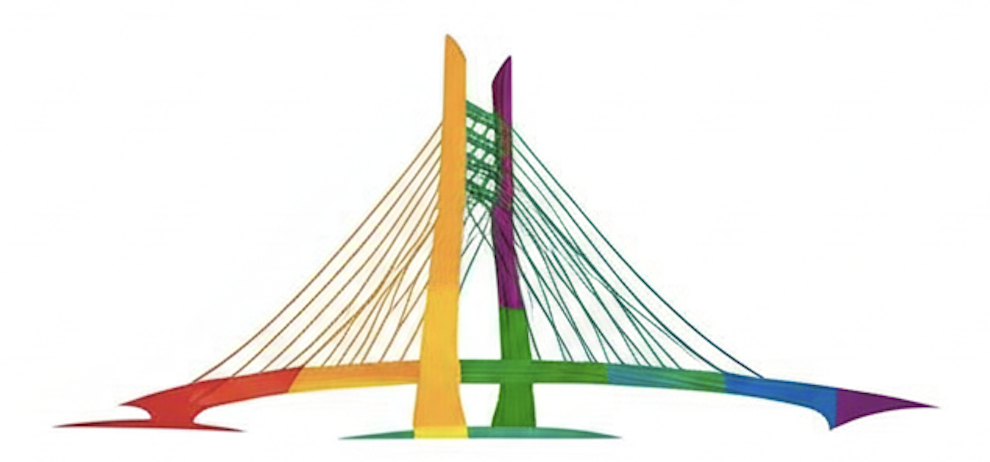Part 3 of the Cultural Alchemy series
In my last post, I wrote about why culture eats frameworks for breakfast. How no amount of structure or process can fix a culture misaligned on purpose, safety, or truth. This post picks up from there. Because even when you get the structure right, something still gets in the way.
Culture isn’t a problem to solve
Most culture change efforts fail because they treat culture like a system with a fix. The thinking goes:
- Hire better people. Redesign the org chart. Roll out new values. Culture will follow.
But culture doesn’t behave like a machine. It behaves like a climate system. It’s not engineered. It’s experienced. It’s not made of structures. It’s made of signals. It’s not shaped by plans. It’s shaped by patterns.
Culture lives in stories. In what people believe is safe. In what they whisper to each other when no one’s watching.
The Pace Layers of Culture
In 1999, Stewart Brand introduced the concept of "pace layering" to describe how different aspects of society change at different rates. From fast-changing fashion to slow-moving governance, each layer serves a distinct purpose in civilization.
Culture works the same way. It exists in layers that evolve at different speeds:
- Behaviors (fastest): What people do day to day
- Processes: How work gets done
- Structures: How people are organized
- Metrics: What gets measured and rewarded
- Values: What people say matters
- Assumptions (slowest): What people believe is true about the world
When culture change efforts fail, it’s often because they ignore these different speeds—trying to change deep assumptions with the same timeline as behaviors, or not recognizing how changes in faster layers create tensions with slower ones.
Why we get culture change wrong
Think about the last time your organization tried to transform its culture. Did it start with:
- A new org chart? Updated values on the wall? Different KPIs? A leadership offsite?
These aren’t bad places to start. But they’re interventions at different pace layers. And what we often miss is how these layers interact.
Values statements change nothing if underlying assumptions remain untouched. New metrics create stress when they contradict deep beliefs about what matters. Restructuring teams just reshuffles the same dynamics into new configurations.
Dave Snowden’s Cynefin Framework helps explain why. Culture exists primarily in the Complex domain, where cause and effect can only be understood in retrospect. We can’t predict exactly how our interventions will play out—we can only probe, sense, and respond.
When I treated culture like a structure problem
Years ago, I worked with the robotics company I mentioned in my previous article. They had smart people building an innovative platform but suffered from low trust, poor collaboration, and declining product velocity.
My diagnosis: a structure problem. So I recommended streamlining certain teams—reorganizing Product areas by components versus feature teams, reorganizing Go to Market and Sales Enablement functions, and creating a Business Head role.
It made perfect sense on paper. But it didn’t work.
The old behaviors stayed. The reorganization just rearranged deck chairs on the Titanic. New reporting lines, same old patterns.
What I’d missed was that I was treating a slower-moving layer problem (assumptions about trust, collaboration, and purpose) with a faster-moving layer solution (structure). It was like treating climate change with an umbrella.
My breakthrough came when I started having conversations with individual contributors and team leads—the people closest to the product and codebase. What they were experiencing was vastly different from what leaders intended.
This wasn’t just misaligned incentives. It was misaligned reality. As I wrote in my last article, one team saw the robotics platform as a tool for warehouse automation. The other saw it as a flexible kit for research and academia. We weren’t building one product—we were building two different futures.
No amount of restructuring could resolve this fundamental misalignment at the assumptions layer. And no amount of process improvement could create psychological safety where it didn’t exist.
The climate, not just the weather
Surface changes are like weather—they shift quickly, dramatically, visibly. A new CEO announcement. A reorganization. Updated OKRs.
Deeper changes are like climate—they shift slowly, subtly, invisibly. How people make sense of failure. What they believe leadership truly values. The unwritten rules about speaking up.
Edgar Schein describes culture as having three levels: artifacts (visible structures), espoused values (stated principles), and basic assumptions (unconscious beliefs). The deeper you go, the harder change becomes—yet the more influential it is.
This is why even well-designed cultural interventions often fail. New initiatives get metabolized by the existing culture—digested and transformed according to prevailing assumptions. The culture’s immune system doesn’t reject change; it incorporates it into existing patterns.
Looking ahead
In the next article in this series, I’ll explore how we can work effectively across these pace layers to cultivate meaningful cultural evolution rather than simply implementing superficial changes. We’ll look at strategies for creating conditions where positive cultural patterns can emerge and flourish.
If this resonates, follow along. Or better yet, share it with someone navigating the complexity of cultural change who senses there's more beneath the surface than their latest framework addresses.
